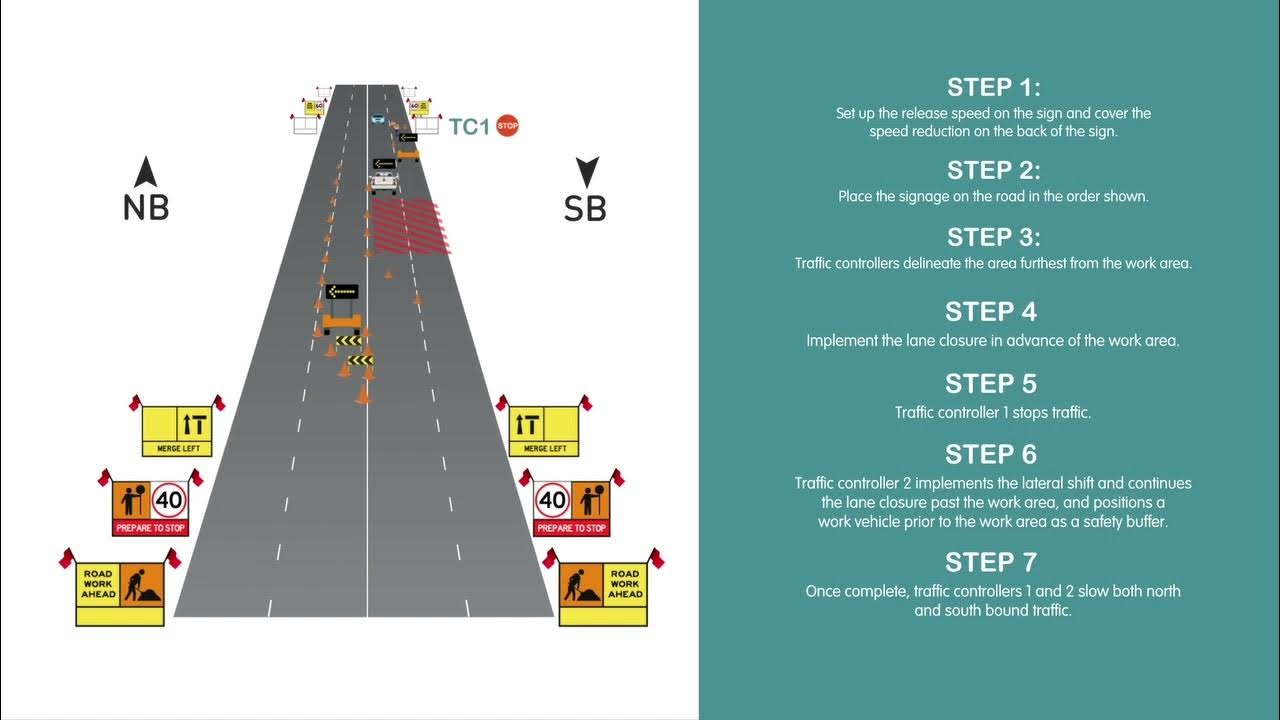Revisão de Legislação de Trânsito.
Summary
TLDRThis video outlines essential traffic legislation and safety guidelines. It highlights the importance of understanding road classifications, vehicle types, and driver responsibilities. Key points include respecting speed limits, maintaining vehicle conditions, adhering to road signs, and following the rules for overtaking, parking, and stopping. The script also covers driver licensing, from psychological assessments to the practical test, and discusses penalties for infractions. It emphasizes safety, the need to assist in accidents, and environmental care, ensuring a smoother, safer road experience for all users.
Takeaways
- 😀 Traffic is not just about vehicles, but also about pedestrians, animals, and the road itself. Drivers must prioritize safety for all road users.
- 😀 Roads are classified based on their location and usage: urban roads, arterial roads, collector roads, and local roads, each with different traffic management and flow.
- 😀 Speed limits must be followed according to the Brazilian Traffic Code, especially when not signaled by road signs.
- 😀 The National Traffic System (SNT) organizes traffic rules and enforces safety measures across the country through various governmental entities.
- 😀 Larger vehicles must ensure the safety of smaller ones, and motor vehicles must also preserve the safety of cyclists and pedestrians.
- 😀 Regular vehicle maintenance, including fuel checks and inspections, is essential to prevent disruptions on the road.
- 😀 Infraction examples: driving in the wrong direction, traveling on sidewalks, and using reverse gear in non-exceptional cases all result in penalties and point deductions from the driver's license.
- 😀 Vehicle classification determines the driver's license category needed (A, B, C, D, E). Each category requires different skills and knowledge based on vehicle type and use.
- 😀 To obtain a driver's license (CNH) in categories A and B, candidates must pass medical exams, theoretical courses, practical tests, and driving simulations.
- 😀 Traffic violations lead to penalties such as fines, license suspensions, and mandatory refresher courses. Serious violations can lead to permanent revocation of the driver's license.
- 😀 Proper understanding of road signs and traffic signals is crucial for safe driving. Drivers must also behave appropriately in accidents to help victims and ensure safety.
Q & A
What is the primary responsibility of a driver according to the traffic legislation?
-The primary responsibility of a driver is to preserve the safety of other people on the road, which includes pedestrians, cyclists, and other vehicles.
What are the main components of the road as defined in the script?
-The main components of the road include the track, sidewalk, shoulder, island, and central reservation.
How are roads classified according to their location?
-Roads are classified as urban, rural, or highways. Highways have a paved road, while rural roads do not.
What is the significance of the speed limit when not explicitly signaled?
-When no speed limit is signaled, drivers must follow the speed limit defined by the Brazilian traffic code.
What is the difference between fast transit roads and arterial roads?
-Fast transit roads are designed for free vehicle traffic without pedestrian crossings or obstructions. Arterial roads connect neighborhoods and have traffic lights, allowing pedestrian circulation.
What are the different types of vehicle categories mentioned in the script?
-Vehicles are classified into categories A, B, C, D, and E, depending on factors such as the type of vehicle, its use, and the capacity or weight it can carry.
What is required for a candidate to obtain a national driver’s license in Brazil?
-A candidate must undergo a psychological evaluation, a medical examination, and complete a theoretical-technical course and practical driving course. They must also pass both theoretical and practical exams.
What happens if a driver commits a very serious or serious infraction while holding a provisional license (PPD)?
-If a driver commits a very serious or serious infraction while holding a PPD, they will lose their provisional license and have to restart the licensing process.
What are the penalties a driver can face for traffic violations?
-Penalties for traffic violations can include written warnings, fines, suspension or revocation of the driver’s license, mandatory refresher courses, and vehicle-related administrative measures such as impoundment or retention of documentation.
How should drivers act when involved in an accident according to the script?
-Drivers involved in an accident must assist the victim, signal the scene to ensure safety, and preserve traffic flow. They should also avoid causing environmental harm by maintaining their vehicle’s condition.
Outlines

このセクションは有料ユーザー限定です。 アクセスするには、アップグレードをお願いします。
今すぐアップグレードMindmap

このセクションは有料ユーザー限定です。 アクセスするには、アップグレードをお願いします。
今すぐアップグレードKeywords

このセクションは有料ユーザー限定です。 アクセスするには、アップグレードをお願いします。
今すぐアップグレードHighlights

このセクションは有料ユーザー限定です。 アクセスするには、アップグレードをお願いします。
今すぐアップグレードTranscripts

このセクションは有料ユーザー限定です。 アクセスするには、アップグレードをお願いします。
今すぐアップグレード5.0 / 5 (0 votes)






